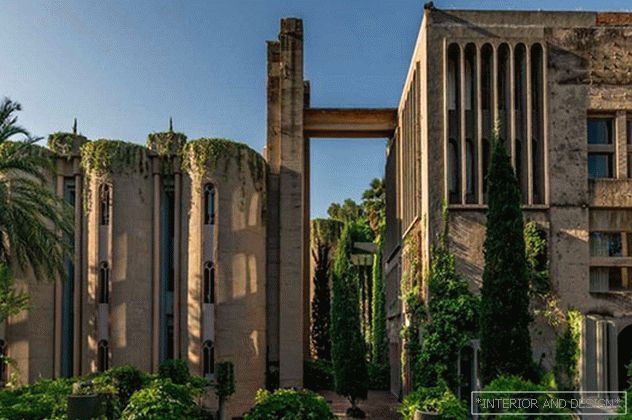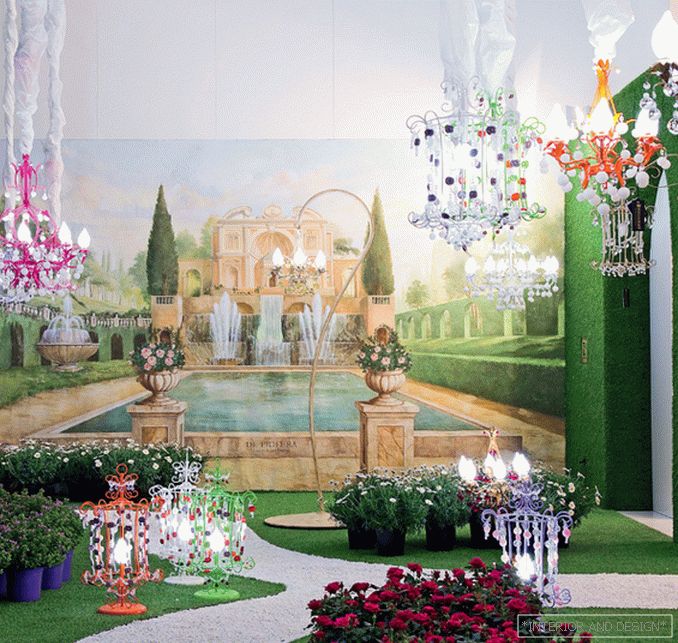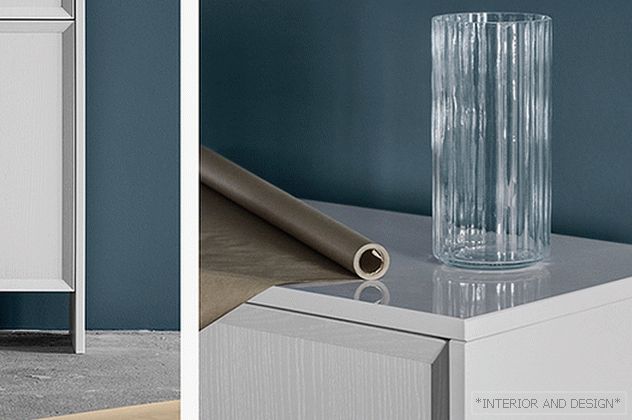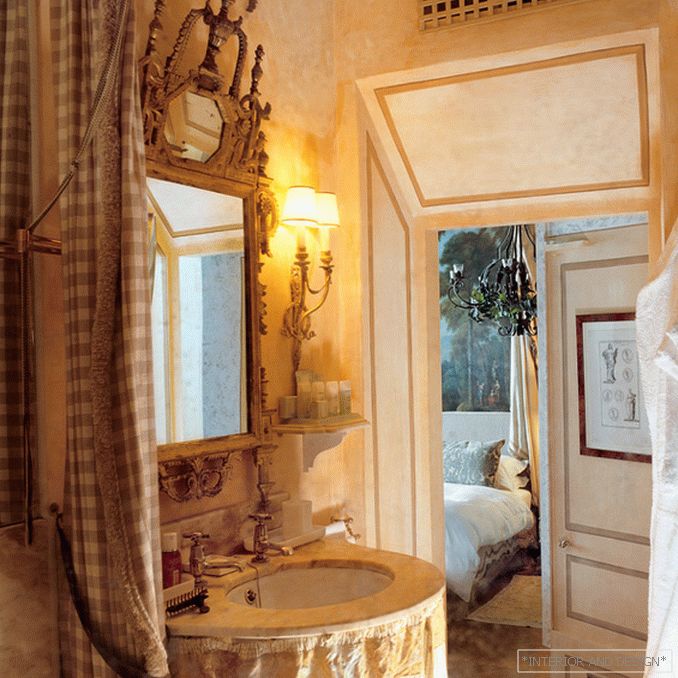Bofill opened his own architectural firm very early in less than 24 years. His method was most popular in France in the 1980s. Inspired by the classics of Andrea Palladio, from concrete, glass and steel, he set about social housing in the suburbs of Paris - for Versals for the poor. The Abraxas complex in Noisy-le-Grand (which is called neo-Stalinist) came out so extravagant that director Terry Gilliam chose it as the site for his cult utopia film Brazil (1985) about a totalitarian society.

“The factory is a magical place with a strange atmosphere. I like that its existence is ordered, ritualized - in complete contrast with my turbulent nomad life. Here I work better than anywhere else. This is the only place where I can concentrate. ”
In his native Barcelona, Bofill’s attachment to large-scale entailed a fantastic architectural reincarnation. In 1973, a 34-year-old architect took up the reconstruction of the ruins of an old cement plant on the western outskirts of the city. Two years later, they were transformed into the la Fabrica complex, which contained Bofill’s offices and housing.

"The main problem was to decide what to take down and what to leave." The plant grew over the course of decades and at the time of the appearance of Bofill included 30 bunkers for storing cement, underground tunnels, engine rooms, chimneys, office buildings. 3,100 sq. M. m, including the gardens. The architect methodically destroyed almost 70 percent of the buildings, choosing individual fragments that he would like to preserve. The living and working premises were located in the same building, but when more space was needed for the studio, he transferred privacy to another volume. The total area was 500 square meters. m
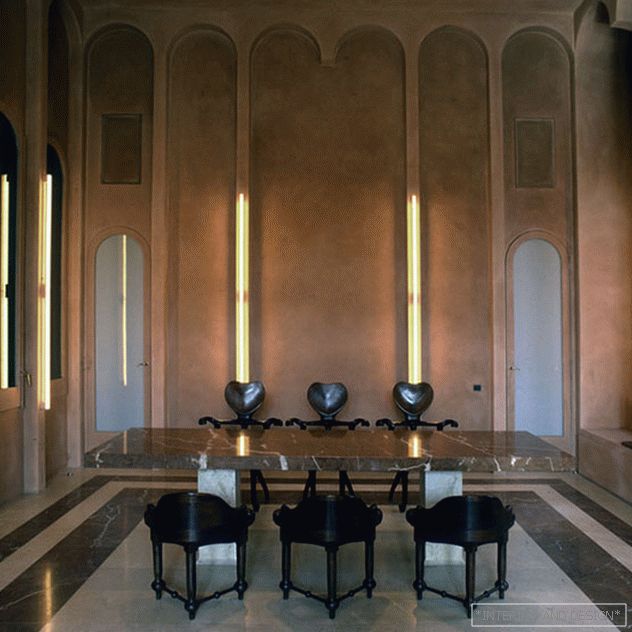
“The biggest challenge was to create an atmosphere on the verge of a ruin and a monastery,” says the architect. The central volume was called the "Cathedral". “I admire its rich space, which, as a rule, is used for large business meetings and family celebrations. It is monumental and domestic at the same time and proves that these two opposites can coexist perfectly with each other. "
An important phase of the reconstruction was the arrangement of the uneasy landscape around the factory - Bofill was personally involved in the integration of green spaces. Cypresses and palm trees, ivy and creepers were designed to form a kind of organic frame, soften the industrial character of buildings. “I wanted to convey the feeling that nature had taken over the factory, trying to rehabilitate it.”
